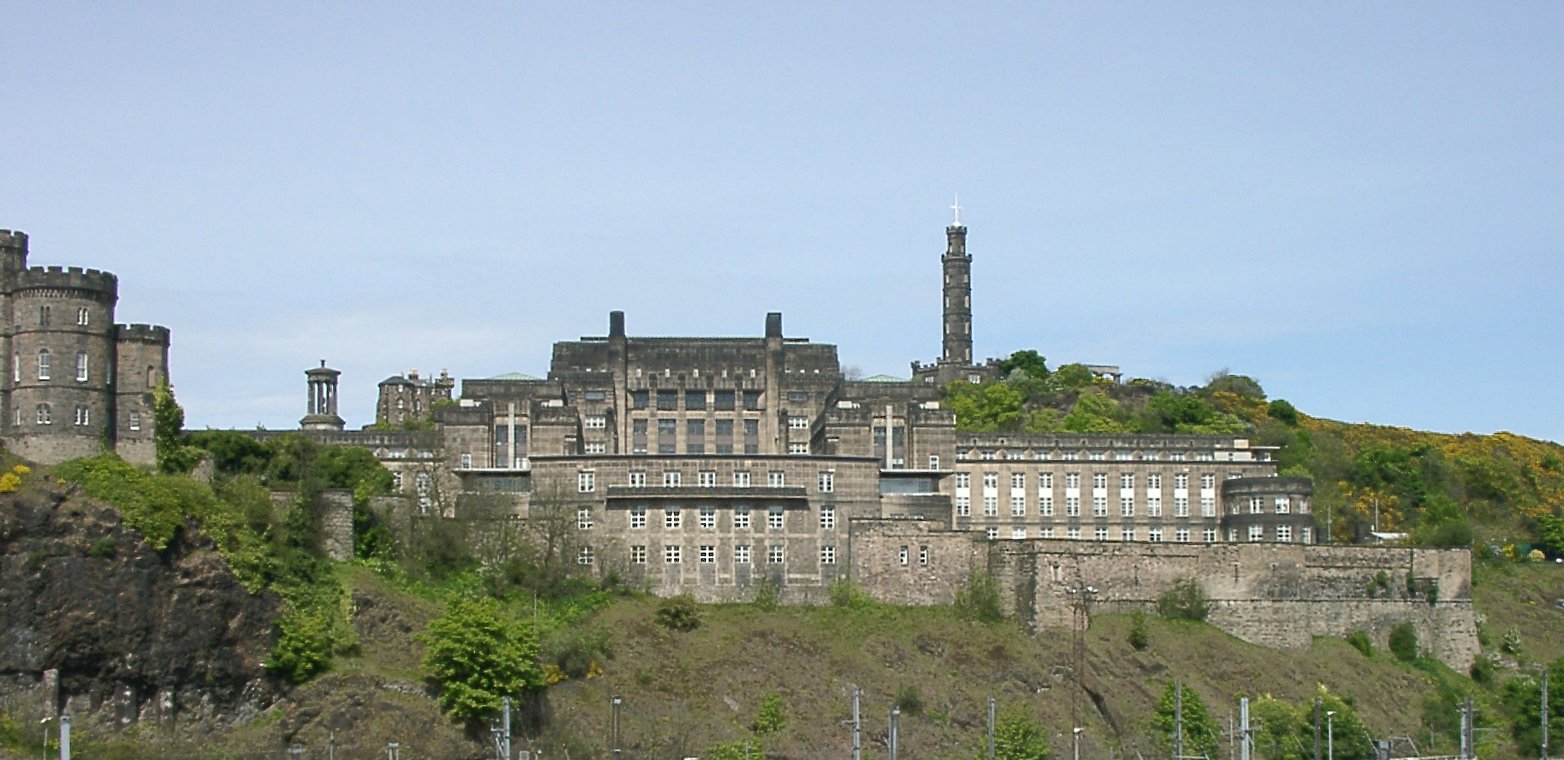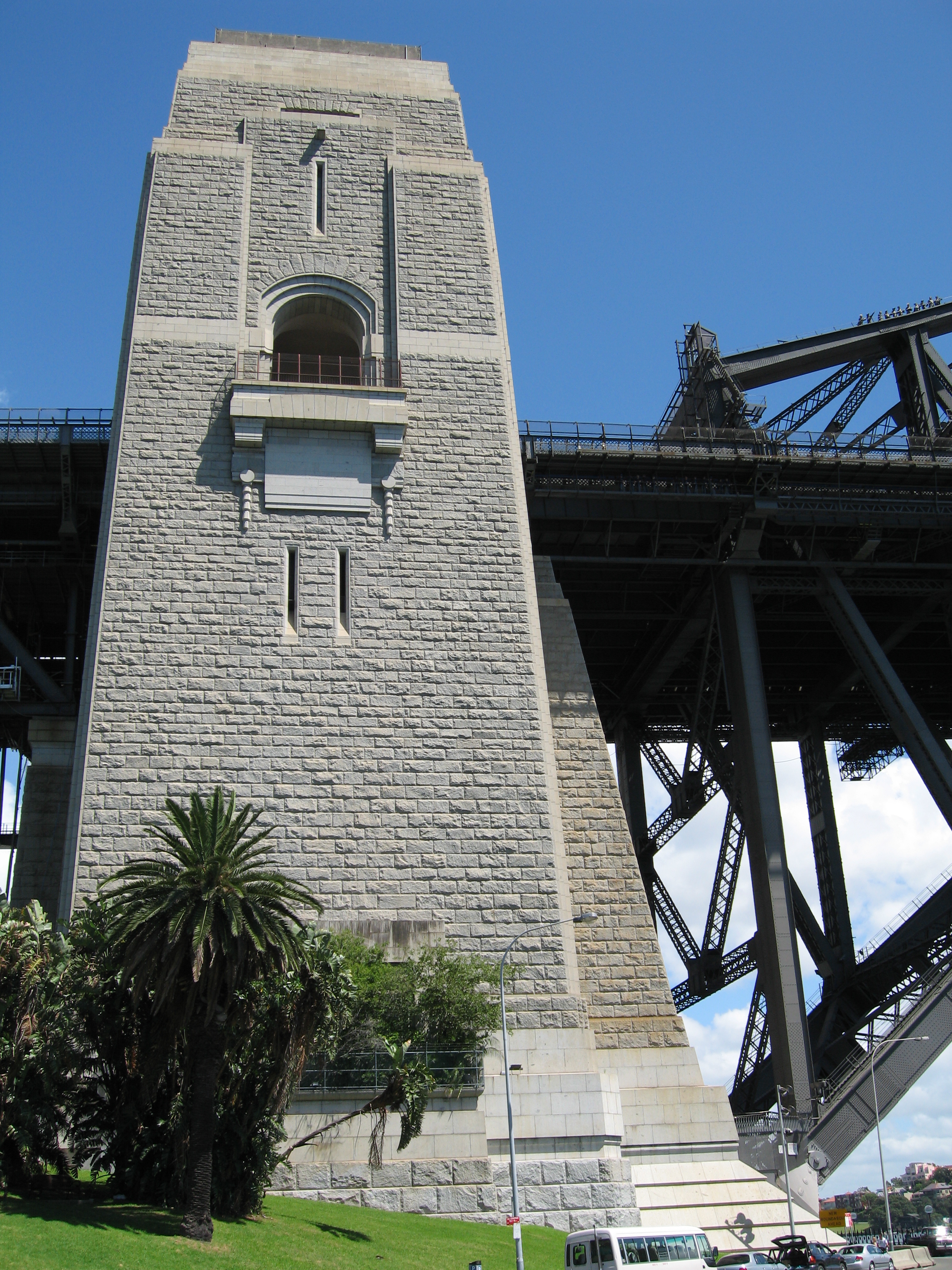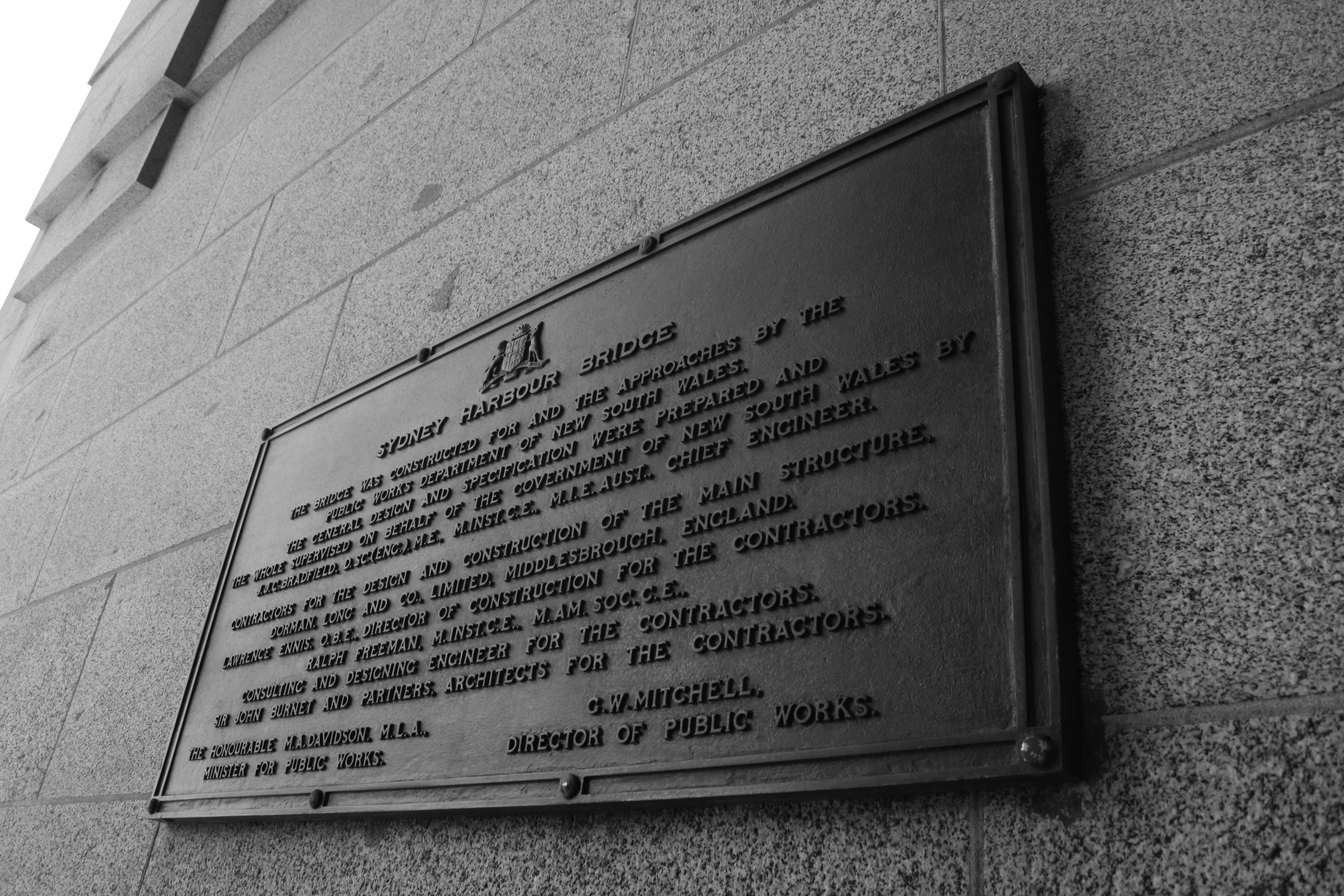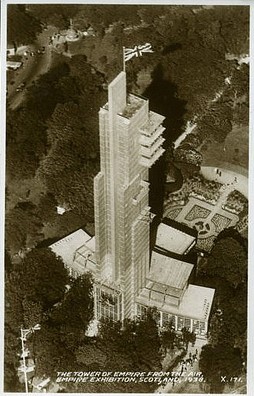T. S. Tait on:
[Wikipedia]
[Google]
[Amazon]
 Thomas Smith Tait (18 June 1882 – 18 July 1954) was a Scottish modernist architect. He designed a number of buildings around the world in Art Deco and
Thomas Smith Tait (18 June 1882 – 18 July 1954) was a Scottish modernist architect. He designed a number of buildings around the world in Art Deco and



 Tait's architectural works were mostly executed as an employee of John Burnet & Son, or as a partner in Sir John Burnet & Partners, later Burnet, Tait & Lorne.
Tait's architectural works were mostly executed as an employee of John Burnet & Son, or as a partner in Sir John Burnet & Partners, later Burnet, Tait & Lorne.
Image:British war memorial in Brussels.jpg, The Brussels war memorial
Image:Jagger GWR memorial1.jpg, The GWR War Memorial, Paddington Station
Image:Jagger GWR memorial6.jpg, The GWR War Memorial, Paddington Station
Image:St. Andrew's House Façade.jpg, St Andrew's House, Edinburgh
Image:58, Hamilton Terrace.jpg, De Casa Maury house, Maida Vale
Image:Wells Rise 1.jpg, Terrace of houses, St John's Wood
File:Plymouth , Dingle's Department Store - geograph.org.uk - 1186187.jpg, 1949-50 Department Store in Plymouth, Devon
File:Silver End House - geograph.org.uk - 321811.jpg, Houses in Silver End Village, Essex
Thomas S Tait Biographical Details
('' Dictionary of Scottish Architects'') * - article includes images of Tait's Tower
Photographs of Tait's Tower
- Mitchell Library
- 3D reconstruction of the tower by Glasgow School of Art {{DEFAULTSORT:Tait, Thomas S. 1882 births 1954 deaths Scottish architects People from Paisley, Renfrewshire Modernist architects from Scotland Art Deco architects Alumni of the Glasgow School of Art Associates of the Royal Institute of British Architects
Streamline Moderne
Streamline Moderne is an international style of Art Deco architecture and design that emerged in the 1930s. Inspired by aerodynamic design, it emphasized curving forms, long horizontal lines, and sometimes nautical elements. In industrial design ...
styles, notably St. Andrew's House
St. Andrew's House (SAH), on the southern flank of Calton Hill in central Edinburgh, is the headquarters building of the Scottish Government. The building stands on the site of the former Calton Gaol. Today, the turreted Governor's House is a ...
(the headquarters of the Scottish Government) on Calton Hill, Edinburgh, and the pylons for Sydney Harbour Bridge.
Biography
Born in 1882 in Paisley, the son of a masterstonemason
Stonemasonry or stonecraft is the creation of buildings, structures, and sculpture using stone as the primary material. It is one of the oldest activities and professions in human history. Many of the long-lasting, ancient shelters, temples, mo ...
, he was educated at the John Neilson Institution, following which he entered apprenticeship as an architect with James Donald in Paisley. Tait went on to Glasgow School of Art where he studied under the Beaux Arts teacher Eugene Bourdon. He travelled extensively in Europe between 1904 and 1905, before settling in London where he joined the prestigious architectural practice of Sir John James Burnet.
In 1910 he married Constance Hardy, the daughter of a London stationmaster, and they set up home at 26 Holyoake Walk in Ealing
Ealing () is a district in West London, England, west of Charing Cross in the London Borough of Ealing. Ealing is the administrative centre of the borough and is identified as a major metropolitan centre in the London Plan.
Ealing was histor ...
. Together they had three sons; the eldest, Gordon, born in 1912, later became an architect himself, and worked with his father on the designs for the Empire Exhibition, Scotland 1938 held in Glasgow.
In June 1913 Tait sat and passed the RIBA's qualifying exam and was admitted ARIBA in September 1913, with the influential backing of Burnet, Theodore Fyfe and Herbert Vaughan Lanchester as proposers.
His former dwelling at Gates House, Wyldes Close, Hampstead Garden Suburb London NW11 has been marked with a Blue Plaque
A blue plaque is a permanent sign installed in a public place in the United Kingdom and elsewhere to commemorate a link between that location and a famous person, event, or former building on the site, serving as a historical marker. The term i ...
by English Heritage.
John Burnet & Sons
In 1902, Tait was recruited by the architecture firm John Burnet & Son and worked under the founder's son, John James Burnet. In 1905, Burnet was appointed to design new galleries at the British Museum in London. Burnet opened a London office at 1 Montague Place, calling it simply John J Burnet, and took Tait with him as his personal assistant. By 1910, Tait was a leading member of Burnet's staff, and played an important part in the design of the Kodak Building in London, considered to be among the first examples of modern architecture in the United Kingdom and which was highly influential on the design of many commercial buildings of the time. Following his marriage in 1910, Tait took on extra work at a rival practice, Trehearne and Norman, assisting in the facade design of several commercial buildings on Kingsway and Aldwych. He took this work without the knowledge of Burnet, and when Burnet learned of Tait's moonlighting in 1914, the two fell out. Tait suddenly left London for New York, leaving his wife and son Gordon at home, to work as an assistant with Donn Barber. Tait soon returned to London and took a job as chief draughtsman to Trehearne & Norman on further Kingsway buildings. Between 1915 and 1918, Tait and Burnet became reconciled and collaborated on a number of projects, culminating in Tait's return to Burnet's practice in 1918 as a partner. The firm was renamed Sir John Burnet & Partners. Due to ill health, Burnet himself grew less active in the partnership, and Tait's role increased. In 1925 Tait was made a fellow of the Royal Institute of British Architects (RIBA). Tait's growing reputation resulted in many new commissions both in the UK and internationally, including work in London, South Africa, Australia and Egypt. In 1927-8 he was employed by the Crittall window factory to build their works villageSilver End
Silver End is a village in Braintree, Essex, in England. It was conceived as a model village by the industrialist Francis Henry Crittall who established a Crittall Windows Ltd factory there to manufacture components for metal windows.
History
C ...
in Essex in the Art Deco style.
In 1930, another Scottish architect, Francis Lorne
Francis Lorne (30 March 1889, Falkirk – June 1963 Harare
Harare (; formerly Salisbury ) is the capital and most populous city of Zimbabwe. The city proper has an area of 940 km2 (371 mi2) and a population of 2.12 million in the 2 ...
became a partner in the firm, and under the name Sir John Burnet, Tait and Lorne, the practice became one of the most influential architects' firms in Britain.
Tait and Lorne began to pursue a more Modernist architectural direction, and their work on the Royal Masonic Hospital at Ravenscourt (1930-3) won the RIBA Gold Medal for the best building of 1933. While the commissions slowed down during economic downturn of the early 1930s, they used the available time to publish a highly influential book, ''The Information Book of Sir John Burnet, Tait & Lorne'' (1933). In 1936 Sir Cecil M Weir, convenor of the Scottish Development Council, appointed him Chief Architect of the Empire Exhibition, Scotland 1938, selecting Bellahouston Park
Bellahouston Park (Scottish Gaelic: ''Pàirc Bhaile Ùisdean'') is a public park in the Bellahouston district on the South Side of Glasgow, Scotland, between the areas of Craigton, Dumbreck, Ibrox and Mosspark covering an area of . The main ...
in Glasgow as the site, conceiving the master-plan and designing most of its 100 buildings assisted by a panel of young architects chosen by him. It attracted 12.8 million visitors.
Later years
The outbreak of the Second World War cut Tait's career prematurely short.St Andrew's House
St. Andrew's House (SAH), on the southern flank of Calton Hill in central Edinburgh, is the headquarters building of the Scottish Government. The building stands on the site of the former Calton Gaol. Today, the turreted Governor's House is a ...
, Edinburgh, (built for the former Scottish Office and from 1999 the headquarters of the Scottish Government) was completed shortly after the outbreak of war in 1939, leaving much of the proposed interior decoration incomplete. From 1940 to 1942 he worked as Director of Standardisation at the Ministry of Works. He retired from the partnership in 1952, and the practice was taken on by his eldest son, Gordon. Thomas Tait continued in the capacity of consultant to the firm until his death in 1954 at the age of 72. An English Heritage blue plaque
A blue plaque is a permanent sign installed in a public place in the United Kingdom and elsewhere to commemorate a link between that location and a famous person, event, or former building on the site, serving as a historical marker. The term i ...
erected in 2006 commemorates Tait at Gates House, at Wyldes Close in Hampstead Garden Suburb. Tait made modifications to the house as his own residence in 1930.

Notable works


 Tait's architectural works were mostly executed as an employee of John Burnet & Son, or as a partner in Sir John Burnet & Partners, later Burnet, Tait & Lorne.
Tait's architectural works were mostly executed as an employee of John Burnet & Son, or as a partner in Sir John Burnet & Partners, later Burnet, Tait & Lorne.
Public buildings
Tait is credited with the design of a number of notable buildings in London and internationally, including: Adelaide House (1920-5) on the River Thames, London; the Daily Telegraph Building inFleet Street
Fleet Street is a major street mostly in the City of London. It runs west to east from Temple Bar at the boundary with the City of Westminster to Ludgate Circus at the site of the London Wall and the River Fleet from which the street was na ...
office (1927–28), London; later phases of the Selfridges building (1926–29), Oxford Street, London; St Andrew's House
St. Andrew's House (SAH), on the southern flank of Calton Hill in central Edinburgh, is the headquarters building of the Scottish Government. The building stands on the site of the former Calton Gaol. Today, the turreted Governor's House is a ...
in Edinburgh; and the pylons for Sydney Harbour Bridge. Tait collaborated with James Lomax-Simpson
James is a common English language surname and given name:
*James (name), the typically masculine first name James
* James (surname), various people with the last name James
James or James City may also refer to:
People
* King James (disambiguat ...
(1882-1977) on the design and construction of Unilever House (1930–33) near Blackfriars Bridge, London.
Tait was also involved in judging a number of architectural competitions, acting as the assessor for competitions to design the De La Warr Pavilion at Bexhill-on-Sea
Bexhill-on-Sea (often shortened to Bexhill) is a seaside town and civil parish situated in the county of East Sussex in South East England. An ancient town and part of the local government district of Rother, Bexhill is home to a number of arc ...
, and Kirkcaldy
Kirkcaldy ( ; sco, Kirkcaldy; gd, Cair Chaladain) is a town and former royal burgh in Fife, on the east coast of Scotland. It is about north of Edinburgh and south-southwest of Dundee. The town had a recorded population of 49,460 in 2011, ...
Town Hall.
War memorials
Following the First World War, he won a number of commissions to design war memorials, often in collaboration with sculptors such as Charles Sargeant Jagger. Both Tait and Jagger collaborated on theGreat Western Railway War Memorial
The Great Western Railway War Memorial is a First World War memorial by Charles Sargeant Jagger and Thomas S. Tait. It stands on platform 1 at London Paddington station, commemorating the 2,500 employees of the Great Western Railway (GWR) who ...
which stands today in Paddington Station, London (1992), and the (now destroyed) Port Tewfik War Memorial near Suez, Egypt.
The Moderne style
Tait's acclaimedRoyal Masonic Hospital
The Royal Masonic Hospital was a hospital in the Ravenscourt Park area of Hammersmith, west London, built and opened in 1933. The Grade II* listed building became the Ravenscourt Park Hospital in 2002, but this closed in 2006. As of May 2015 th ...
at Ravenscourt Park
Ravenscourt Park or RCP is an public park and garden located in the London Borough of Hammersmith and Fulham, England. It is one of the Borough's flagship parks, having won a Green Flag Award. Stamford Brook and Ravenscourt Park tube stations ar ...
in London (later the Ravenscourt Park Hospital) won him a RIBA award for the best building of 1933. This Moderne brick edifice features nautical-style curved sun porches and balconies, elongated sculpted figures atop the door pilaster. It has been likened to Willem Marinus Dudok's Hilversum
Hilversum () is a city and municipality in the province of North Holland, Netherlands. Located in the heart of the Gooi, it is the largest urban centre in that area. It is surrounded by heathland, woods, meadows, lakes, and smaller towns. Hilvers ...
Town Hall of 1931.
Burnet, Tait & Lorne continued to build in the curved Streamline Moderne style, as evidenced in Tait's whitewashed Hawkhead Hospital for Infectious Diseases in Paisley (1932), which also features curved, nautical balconies and railings, streamlined corners and horizontal bands.
Tait's Tower
Tait is perhaps best remembered for his contributions to the design and master planning for the Empire Exhibition, Scotland 1938, held inBellahouston Park
Bellahouston Park (Scottish Gaelic: ''Pàirc Bhaile Ùisdean'') is a public park in the Bellahouston district on the South Side of Glasgow, Scotland, between the areas of Craigton, Dumbreck, Ibrox and Mosspark covering an area of . The main ...
, Glasgow. Tait was appointed as head of a team of nine architects, which included Basil Spence and Jack Coia. Tait's vision was of a modernist, utopian future, and the Empire Exhibition was the largest collection of modern architecture built in United Kingdom in the first half of the 20th century. Dominating the whole exhibition was " The Tower of Empire", designed by Tait himself. The 300-feet-high tower was erected on the summit of the hill in the centre of the park and had three observation balconies, each capable of carrying 200 people.
Private houses
Tait is also credited with the design of Chelsea House, built 1934, in Belgravia. This rotunda-shaped building stands on the corner of Lowndes Street and Cadogan Place on the former site of the 1874 home of the Earl of Cadogan, also called Chelsea House. Besides commissions for individual private dwellings, Tait was also commissioned to design a housing estate atSilver End
Silver End is a village in Braintree, Essex, in England. It was conceived as a model village by the industrialist Francis Henry Crittall who established a Crittall Windows Ltd factory there to manufacture components for metal windows.
History
C ...
, Essex, for the industrialist Francis Henry Crittall as part of his model village
A model village is a type of mostly self-contained community, built from the late 18th century onwards by landowners and business magnates to house their workers. Although the villages are located close to the workplace, they are generally phys ...
project in 1928. The houses are white with flat roofs and steel window frames.
Evacuation centres
In 1939 the British Government passed the Camps Act which established the National Camps Corporation as a body to design and build residential camps for young people that could provide opportunities for outdoor learning and also act as evacuation centres in the event of War. Tait was responsible for the design of the buildings which included accommodation for over 200 children and staff, recreational halls, washblocks and a dining hall/kitchen complex. These Camps were replicated in over 30 different rural locations around the country. During the war years, these acted as safe refuges for city children from Nazi bombing raids. After the war the ownership of the sites was transferred to the local authorities. Over the years most of these sites have been lost, but the best preserved example today is Sayers Croft which is located at Ewhurst, Surrey. The dining hall and kitchen complex is protected as a Grade II listed building because of the importance of Tait's work, and because of the painted murals depicting the life of the evacuees.Gallery
References
External links
Thomas S Tait Biographical Details
('' Dictionary of Scottish Architects'') * - article includes images of Tait's Tower
Photographs of Tait's Tower
- Mitchell Library
- 3D reconstruction of the tower by Glasgow School of Art {{DEFAULTSORT:Tait, Thomas S. 1882 births 1954 deaths Scottish architects People from Paisley, Renfrewshire Modernist architects from Scotland Art Deco architects Alumni of the Glasgow School of Art Associates of the Royal Institute of British Architects